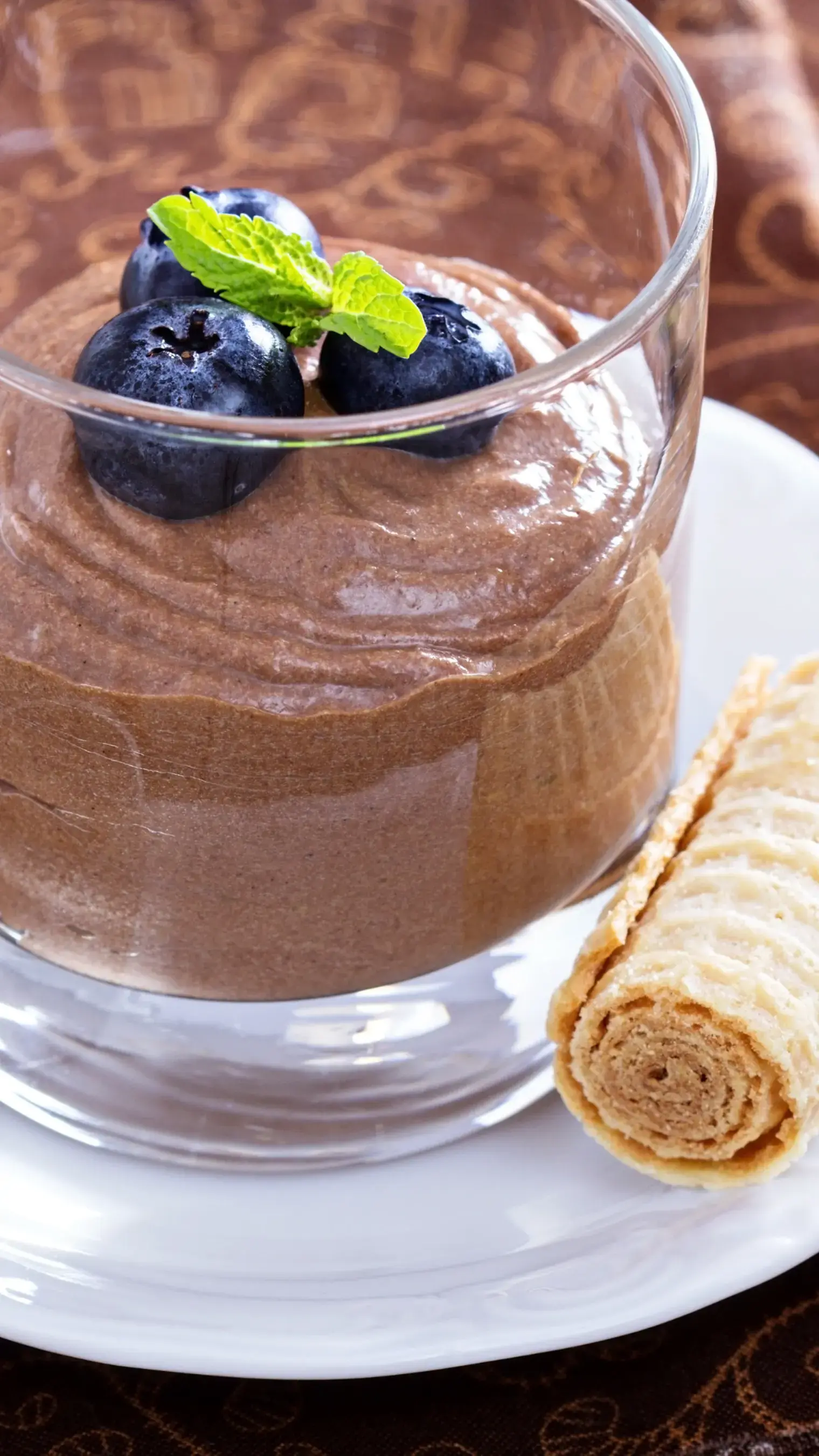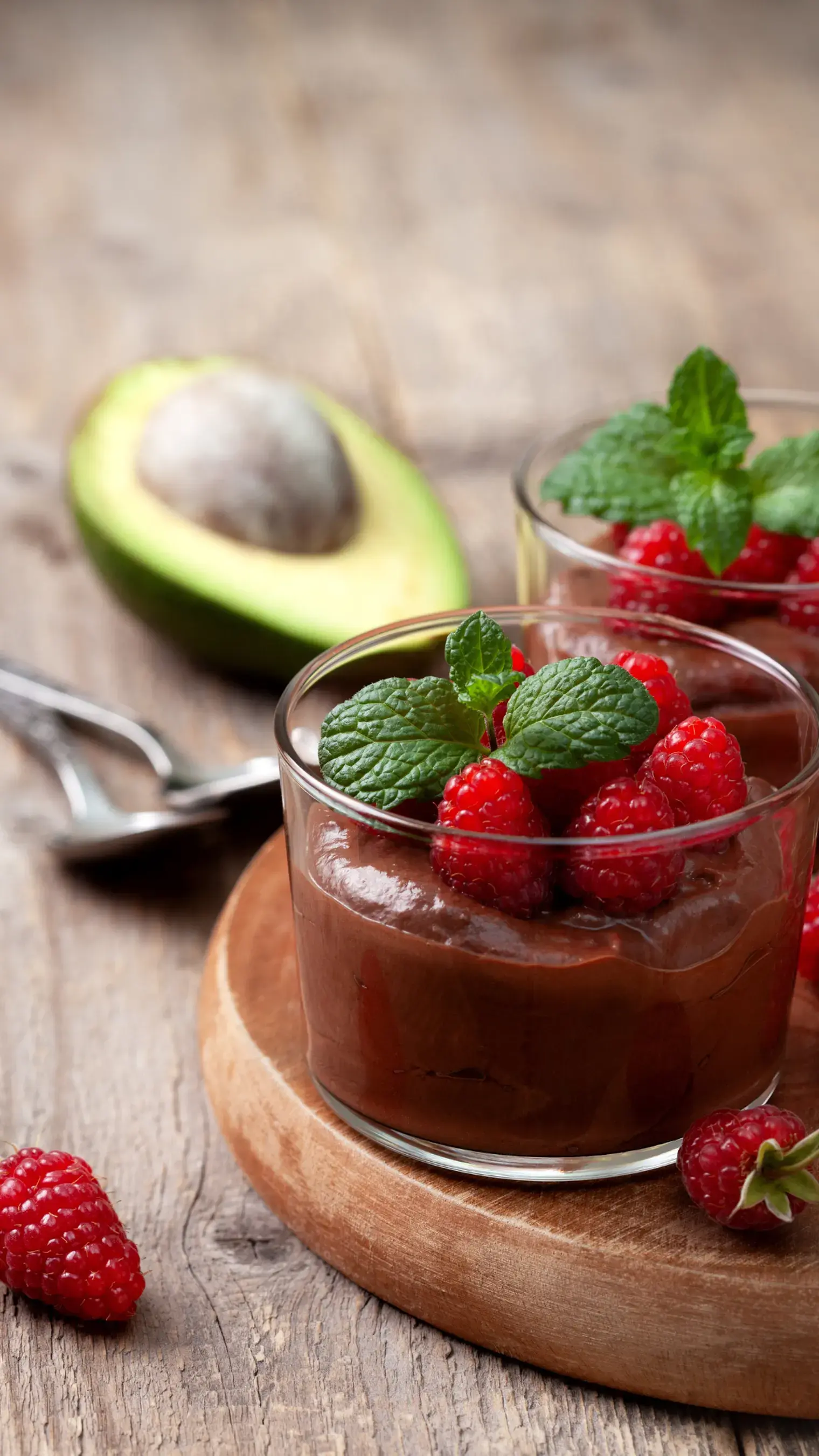Follow these steps to make a creamy badam halwa with Dairy Milk twist. You won’t be able to go back to a plain halwa after this.

Badam halwa is one of those traditional Indian sweets that never goes out of style. Rich with ghee, scented with saffron, and made luxurious with finely ground almonds, it's a dish that evokes warmth, celebration, and indulgence. But if you’re feeling experimental, or you just want to give this classic dessert a modern, melt in the mouth upgrade. try a new version like a creamy badam halwa with Dairy Milk twist. The smooth chocolate blends effortlessly into the nutty base, adding a surprise layer of sweetness and creaminess that elevates the halwa to an entirely new level. Here’s how to make this delightful fusion dessert, step by step.
Ingredients:
- 1 cup almonds (badam)
- 1 cup full fat milk
- ¾ cup sugar (adjust to taste)
- ½ cup ghee
- A pinch of saffron strands, soaked in warm milk
- ½ tsp cardamom powder
- 1 regular bar Cadbury Dairy Milk chocolate (around 50 g)
Method:
- Soak 1 cup of almonds in hot water for about 30 minutes. This loosens the skin and softens the nuts, making them easier to peel and blend.
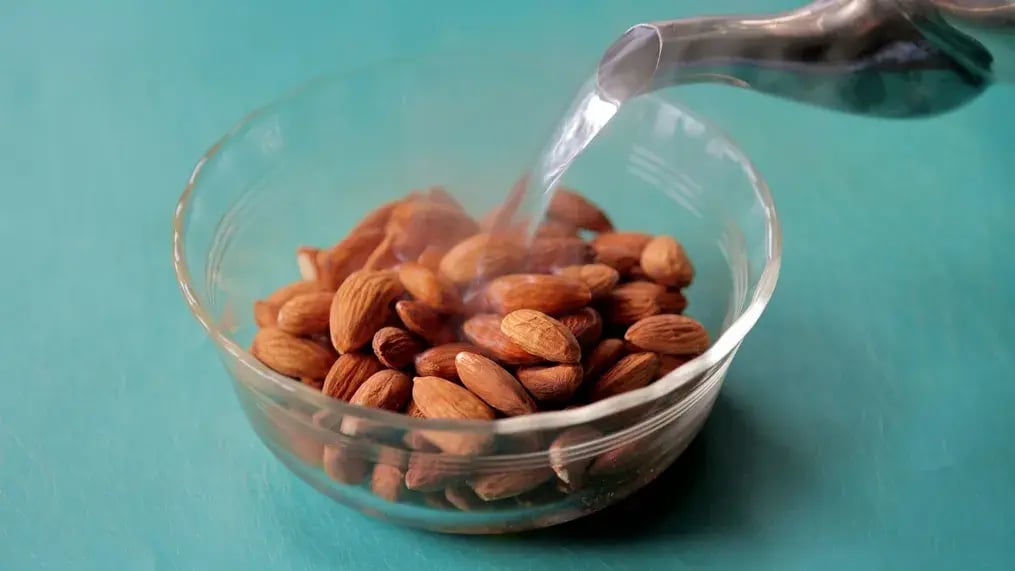
- Once they’re soaked, peel the almonds by gently pressing them between your fingers. The skin should slide right off. This step is a bit time consuming but essential for that pale golden, creamy halwa texture. If you’re in a hurry, you can soak them overnight or even blanch them by boiling for 5 minutes, then transferring them to cold water immediately.
- Once the almonds are peeled, grind them to a fine paste using full fat milk. Add just enough milk to help the blender run smoothly, since a thick paste is what you’re aiming for, not a runny liquid. Blend in batches if needed, and scrape the sides of the jar frequently. The smoother the paste, the silkier your halwa will be.
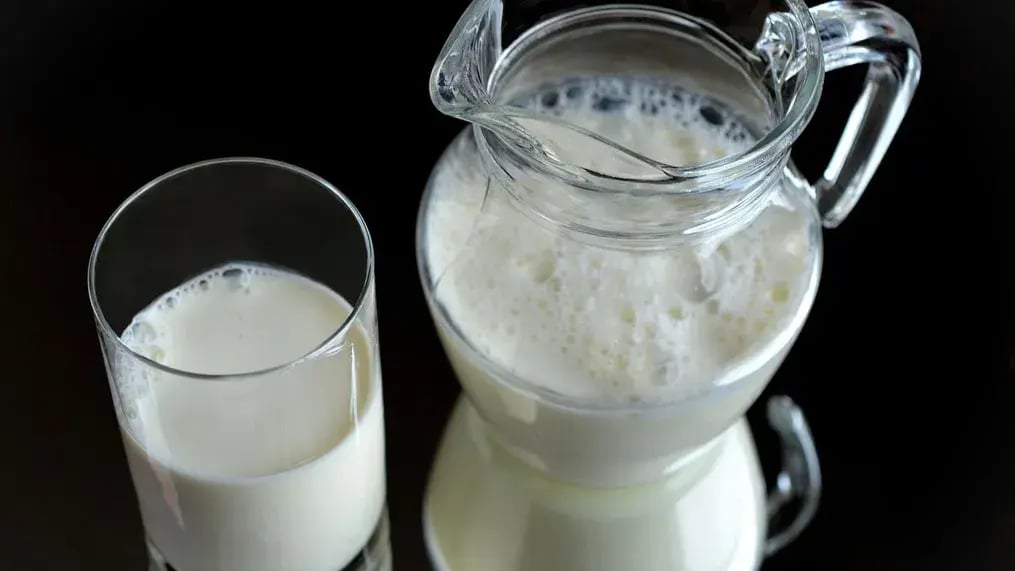
- In a thick bottomed pan or non-stick kadhai, heat 2 tablespoons of ghee on medium heat. Add the almond paste and begin to saute it slowly. Cook the paste patiently, stirring continuously to avoid burning or sticking. Over the next 15 minutes, the paste will begin to thicken, change color slightly, and release a lovely, nutty aroma.
- Add more ghee in intervals instead of dumping it all in at once. The almonds will drink up the fat and become glossier as they cook. You’ll know it’s ready when the paste begins to leave the sides of the pan.
- Once the almond paste is well roasted, add the sugar. Stir well and the halwa will loosen up at this stage because the sugar releases moisture.
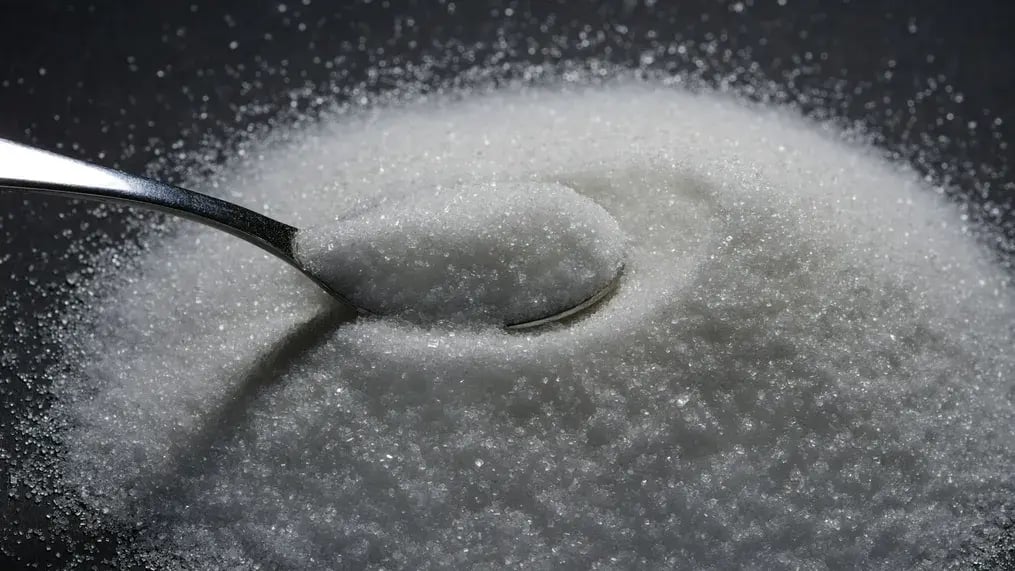
- Now add the saffron milk and cardamom powder. Stir continuously and let the mixture thicken again. The color will become more golden and the aroma more intense. Taste and adjust the sweetness, keeping in mind that the chocolate will also add some sugar.
- Break the chocolate bar into pieces and add it directly into the warm halwa. The heat will melt it almost instantly. Stir continuously to ensure it blends smoothly into the halwa, leaving no lumps. The chocolate adds a mellow creaminess and a hint of cocoa that complements the richness of the almonds. It doesn’t make the halwa taste overtly like chocolate, it just gives it a soft, velvety finish that lingers on the tongue. If you prefer a stronger chocolate presence, you can melt the Dairy Milk with a splash of cream separately and swirl it into the halwa as a layer before serving.
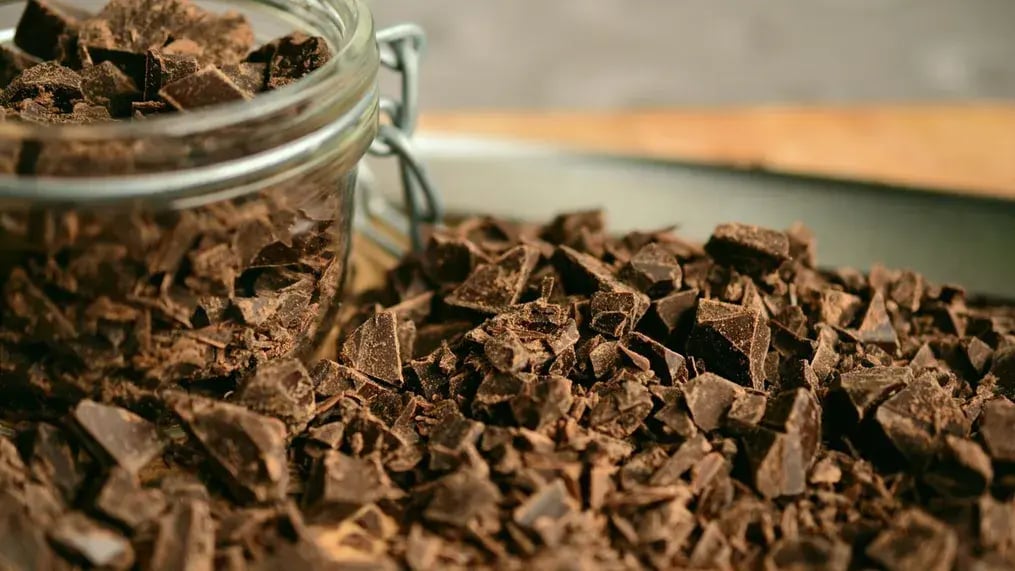
- Once the chocolate is melted in, continue stirring for another 5 minutes until the halwa thickens again and begins to clump slightly. This means it’s ready.
- If it looks too dry, add a spoon of milk or a dash of ghee. If it’s too runny, cook for a bit longer on low heat. The texture should be thick enough to hold its shape but still soft and creamy.
- Taste it one last time, and add a pinch more cardamom if needed, or another square of Dairy Milk if you're feeling extra indulgent.
- Scoop the hot halwa into bowls or small dessert cups. Garnish with slivered almonds, pistachios, or a drizzle of melted chocolate if you want to enhance the Dairy Milk touch. You can serve this warm or at room temperature. As it cools, the halwa thickens further and develops a rich, fudgy texture that’s incredibly satisfying.
Like This Article?
More Like This
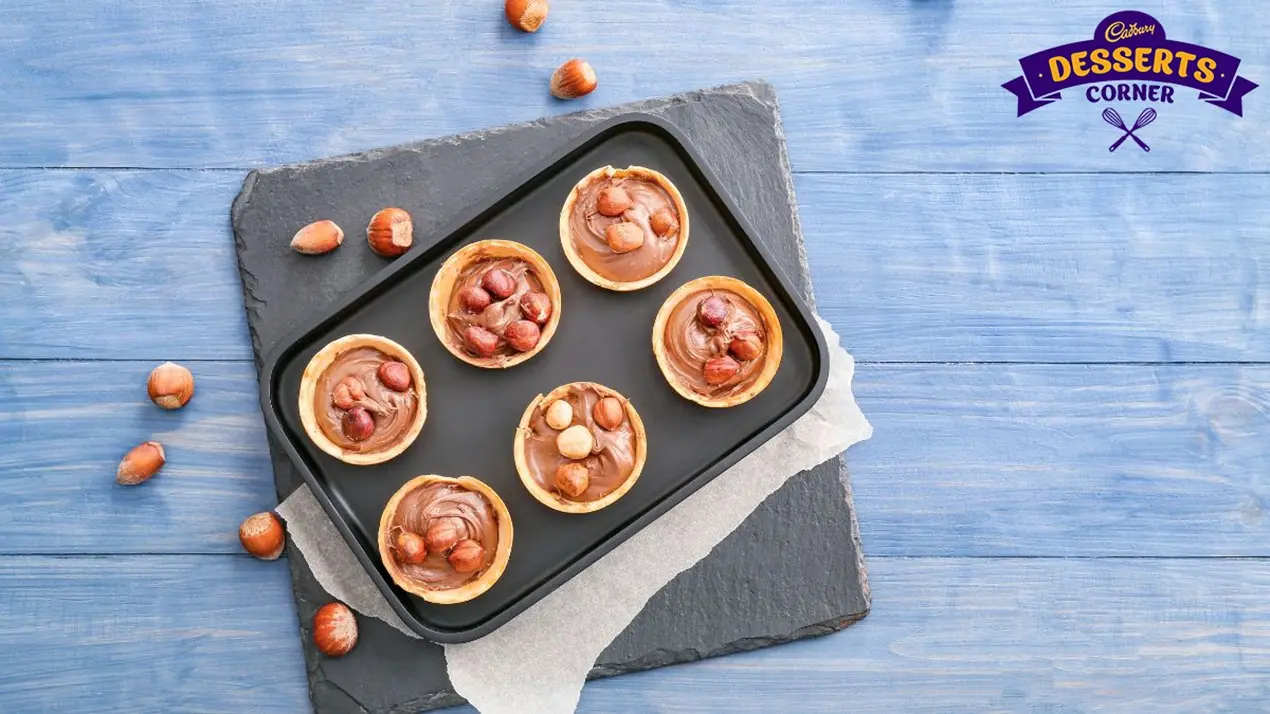
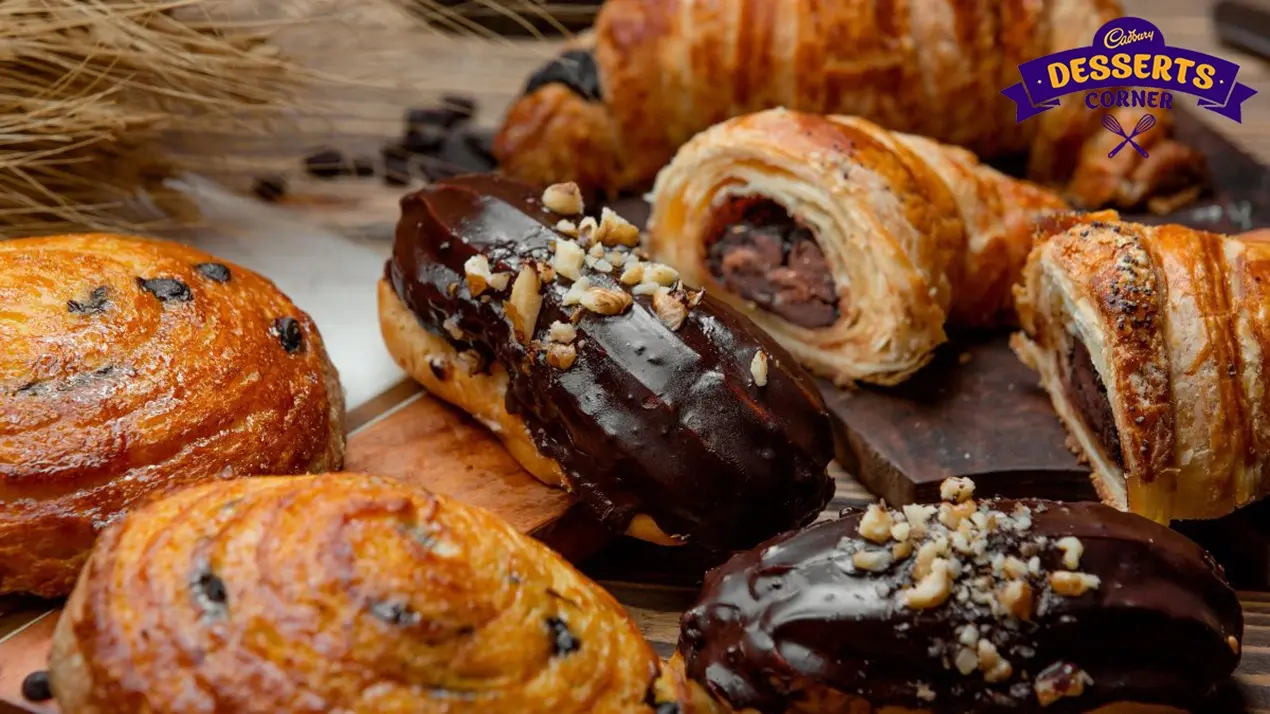
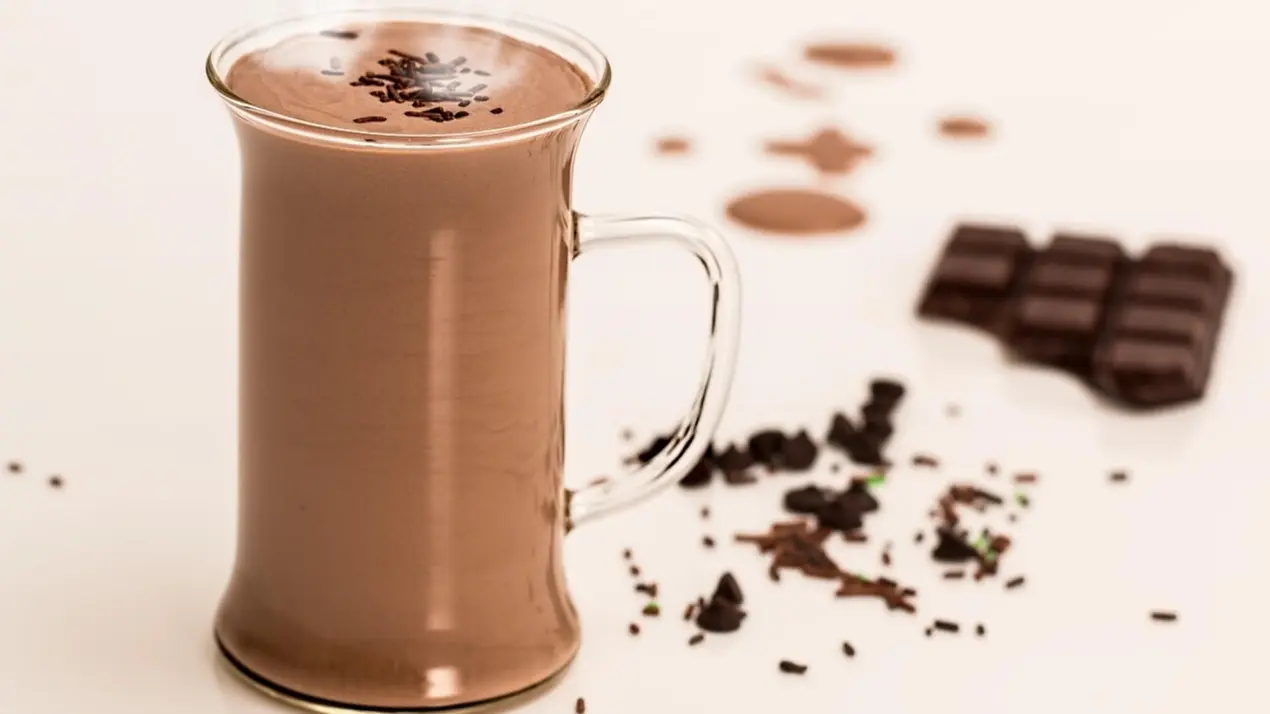
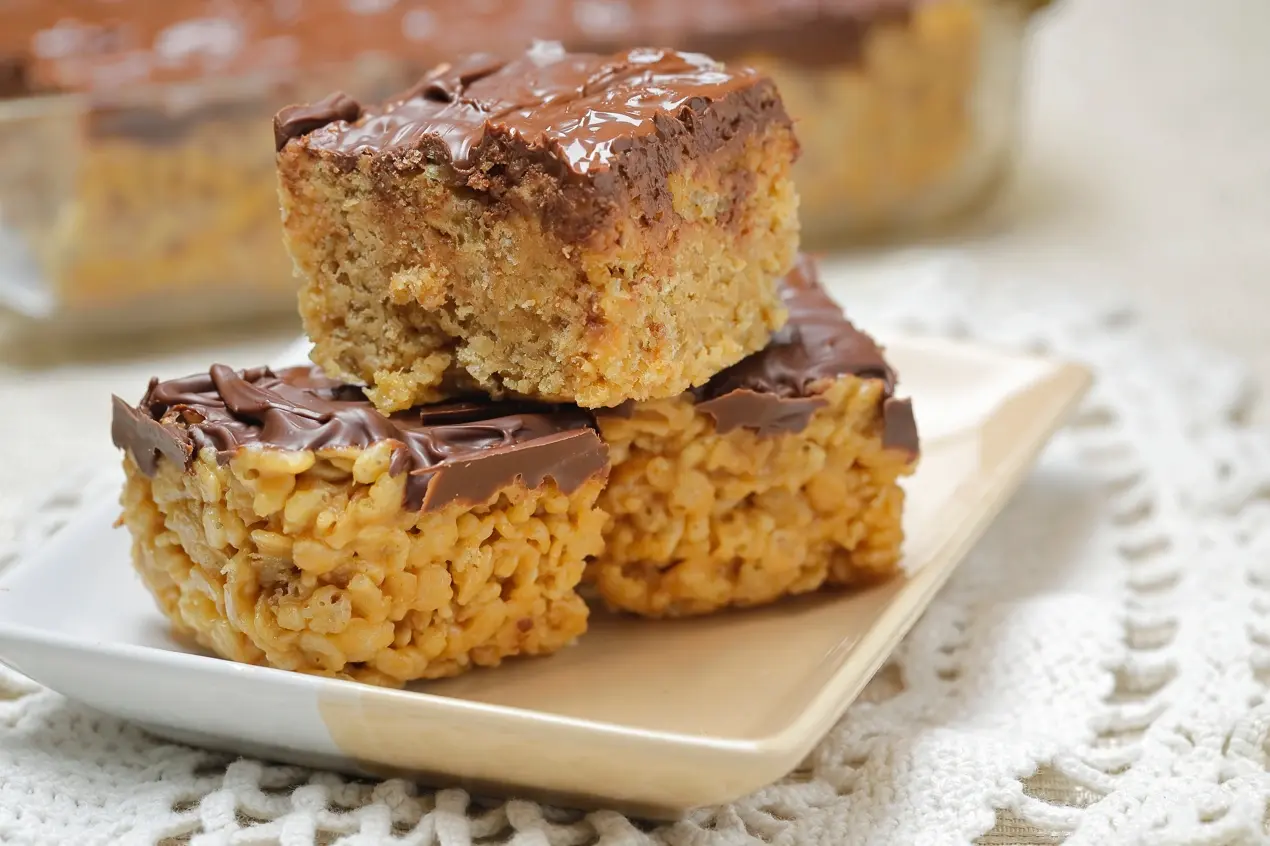
Popular Articles





Trending Web Stories
Curated Recipes

















